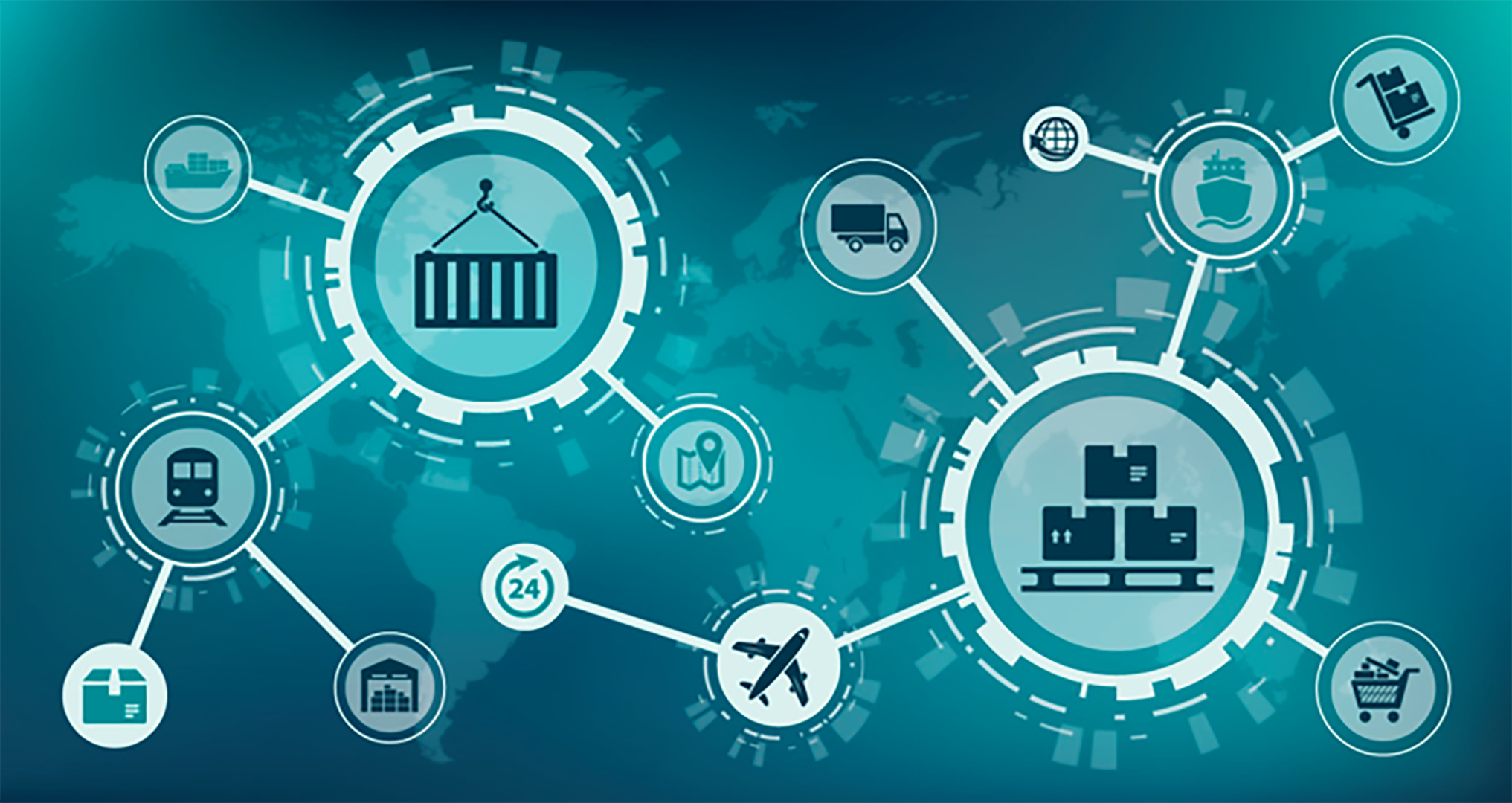Blockchain technology has emerged as a transformative force across various sectors, and its impact on global trade is particularly noteworthy. This article delves into the ways blockchain is revolutionizing global trade, examining its benefits, challenges, and future prospects.
Definition and Basics
Blockchain is a decentralized, distributed ledger technology that records transactions across multiple computers in a secure, immutable manner. Each transaction, or “block,” is linked to the previous one, forming a “chain” of blocks. This structure ensures that once data is recorded, it cannot be altered without altering all subsequent blocks, which requires consensus from the network participants.
Streamlining Supply Chains
Blockchain enhances transparency and traceability in supply chains. By recording every transaction on a blockchain, businesses can track the movement of goods from origin to destination. This transparency reduces fraud and errors, improves inventory management, and ensures compliance with regulations.
Enhancing Efficiency and Reducing Costs

Traditional trade processes often involve multiple intermediaries, resulting in delays and increased costs. Blockchain technology automates and streamlines processes such as documentation and settlement through smart contracts. These self-executing contracts, programmed with predefined rules, automatically execute transactions when conditions are met, reducing the need for manual intervention and lowering transaction costs.
Improving Security and Reducing Fraud
Blockchain’s immutable ledger and cryptographic security features significantly reduce the risk of fraud. In global trade, where counterfeit goods and fraudulent documentation are prevalent, blockchain provides a secure, verifiable record of transactions and product origins, enhancing trust among parties.
Facilitating Cross-Border Payments
Cross-border payments are often slow and costly due to the involvement of multiple financial institutions and currencies. Blockchain enables faster, more cost-effective international payments by bypassing intermediaries and reducing transaction fees. Cryptocurrencies and blockchain-based payment systems offer a viable alternative to traditional banking methods.
IBM and Maersk TradeLens
IBM and Maersk developed TradeLens, a blockchain-based platform for global supply chain management. TradeLens connects various stakeholders, including shipping lines, port operators, and customs authorities, on a single platform. This integration enhances visibility, reduces paperwork, and speeds up cargo processing, leading to more efficient global trade operations.
Walmart’s Blockchain Food Safety
Walmart has implemented blockchain technology to improve food safety in its supply chain. By tracking the journey of food products from farm to store, Walmart can quickly identify and address contamination issues. This use of blockchain enhances food safety and traceability, protecting consumers and reducing waste.
Challenges and Limitations of Blockchain in Trade
One of the main challenges of blockchain technology is scalability. As the number of transactions increases, the size of the blockchain grows, potentially leading to slower transaction processing times. Solutions like layer-2 protocols and blockchain sharding are being explored to address these scalability issues.
Regulatory and Compliance Concerns
The regulatory landscape for blockchain technology is still evolving. Different countries have varying regulations regarding data privacy, financial transactions, and technology standards. Navigating these regulations can be complex for businesses operating internationally. Standardization and collaboration among regulatory bodies are essential for the widespread adoption of blockchain in global trade.
Integration with Existing Systems

Integrating blockchain with existing legacy systems can be challenging. Many businesses use traditional systems that are not compatible with blockchain technology. Transitioning to blockchain requires significant investment in new infrastructure and training for staff, which can be a barrier for smaller companies.
Data Privacy Issues
While blockchain is known for its transparency, this can raise concerns about data privacy. In some cases, sensitive business information may be exposed to competitors or unauthorized parties. Balancing transparency with privacy is crucial for the successful implementation of blockchain in global trade.
Comparative Analysis of Blockchain vs. Traditional Trade Methods
| Aspect | Blockchain | Traditional Trade Methods |
| Transparency | High – All transactions are recorded and visible to all participants. | Low – Transparency is limited to involved parties and may be opaque. |
| Efficiency | High – Automation through smart contracts reduces processing time and costs. | Low – Manual processing and multiple intermediaries increase time and costs. |
| Security | High – Cryptographic security and immutability reduce fraud and errors. | Moderate – Security is dependent on the practices of intermediaries. |
| Cost | Lower – Reduced need for intermediaries and paperwork. | Higher – Involves various intermediaries and administrative costs. |
| Speed | Faster – Real-time processing and settlement of transactions. | Slower – Delays due to intermediaries and manual processes. |
| Scalability | Limited – Current blockchains face challenges with scaling. | Generally scalable – Traditional systems can handle large volumes of transactions. |
| Regulation | Evolving – Regulatory frameworks are still being developed. | Established – Well-defined regulations and compliance standards. |
Advancements in Blockchain Technology
Ongoing research and development are addressing some of the challenges associated with blockchain technology. Innovations like layer-2 solutions, improved consensus algorithms, and interoperable blockchains are expected to enhance scalability, security, and efficiency.
Adoption and Integration
As blockchain technology matures, its adoption in global trade is likely to increase. Collaboration between businesses, regulators, and technology providers will be crucial for overcoming existing challenges and ensuring seamless integration with current systems.
Conclusion
Blockchain technology holds significant promise for transforming global trade by enhancing transparency, efficiency, and security. While challenges remain, ongoing advancements and increasing adoption suggest a bright future for blockchain in reshaping global trade practices. Embracing blockchain can lead to more efficient, secure, and cost-effective global trade operations, benefiting businesses and consumers alike.




